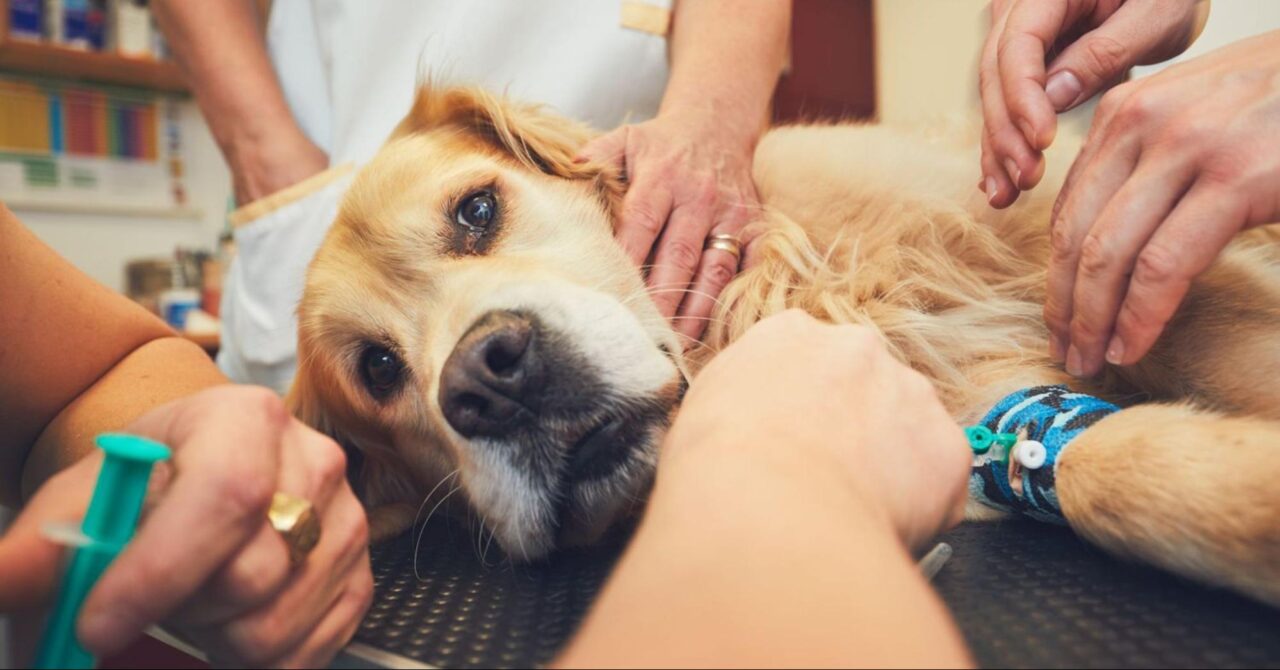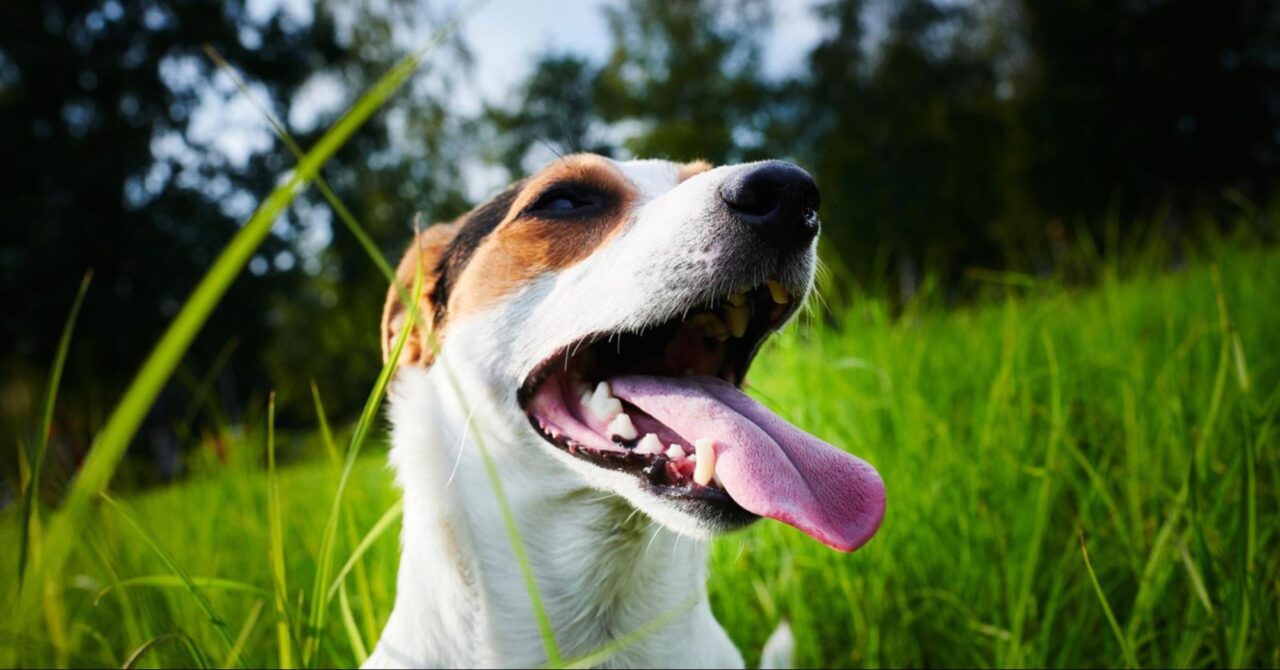Understanding how to measure your dog’s height is essential for various reasons, from ensuring the correct fit for doggy accessories to monitoring your dog’s growth and health.

In this detailed guide, we provide you with step-by-step instructions, essential tools, and helpful tips to accurately measure your dog’s height. Whether you’re a new pet owner or an experienced dog enthusiast, this guide will equip you with the knowledge you need to get precise measurements every time.
Why Measuring Your Dog’s Height is Important
Height measurement isn’t just about aesthetics. It’s about monitoring growth, ensuring the right diet, and even spotting health issues early. Height can also affect your dog’s agility, ability to perform certain activities, and overall well-being.
Dog Height Standards
- Defining the Withers: The withers mark the pinnacle of your dog’s shoulder blades, standing as the highest point on their sturdy frame. Understanding this crucial spot is the first step in getting an accurate measurement.
- Breed-Specific Height Standards: Different breeds have different height standards. Knowing these standards helps you understand if your dog is within the normal range for its breed, which is essential for health and breeding purposes.
Tools You Need to Measure Your Dog’s Height
Measuring Tape
A flexible, retractable measuring tape is ideal. It allows for easy measurement and can be used around the dog’s body if needed.
Flat Surface and Wall
Measuring your dog against a flat wall or surface ensures accuracy. Make sure the ground is even to avoid skewed measurements.
Helper (Optional but Handy)
Having someone to help can make the process smoother, especially if your dog is a bit fidgety. They can help keep your dog still and comfortable.
Preparing Your Dog for Measurement
- Calming Your Dog: Before you start, ensure your dog is calm. A calm dog is easier to measure accurately. Use treats, gentle petting, or a favorite toy to help soothe them.
- Positioning Your Dog Correctly: The dog’s posture is critical. Make sure your dog is standing straight with all four legs firmly on the ground. The head should be up but not stretched upwards unnaturally.
Step-by-Step Guide to Measuring Your Dog’s Height

Step 1: Find the Withers
Locate the withers by feeling for the highest point of the shoulder blades. This is where you’ll measure from.
Step 2: Ensure Proper Posture
Make sure your dog stands straight and still. Any slouching or stretching can give an inaccurate measurement.
Step 3: Use the Measuring Tape
Place one end of the measuring tape at the withers and extend it straight down to the ground. Make certain the tape remains perfectly straight, without any angles, to get an accurate measure of your beloved dog’s height.
Step 4: Mark and Measure
If you’re using a wall, you can make a small mark where the withers touch the wall. Measure from this mark to the floor for an accurate height reading.
Common Mistakes to Avoid
Inaccurate Posture
A dog that isn’t standing properly can give a false measurement. Ensure your dog is standing squarely.
Improper Tools
Using a rigid ruler or an old, frayed measuring tape can lead to inaccurate readings. Always use a flexible measuring tape.
Misidentifying the Withers
The withers are not the neck or the back. Ensure you have the correct spot to avoid errors.
Recording Your Dog’s Height
- Using a Journal: Keep a dedicated journal for your dog’s measurements. Note the date and height each time you measure.
- Digital Records: There are apps available that allow you to record and track your dog’s growth digitally. These can be handy for quick reference and long-term tracking.
Interpreting the Measurements
Growth Patterns in Puppies
Puppies grow rapidly, and regular measurements can help you monitor their growth patterns. Any deviations from the norm can be quickly addressed.
Height and Weight Correlation
Height can be an indicator of your dog’s overall health. A sudden change in height or weight can signal health issues that might need a vet’s attention.
When to Re-Measure Your Dog
- Growth Spurts: Puppies and young dogs should be measured regularly during growth spurts to ensure they’re developing healthily.
- Regular Health Check-Ups: Even adult dogs should be measured occasionally, especially during health check-ups, to monitor their well-being.
Using Dog Height for Health Monitoring
Ideal Height and Weight Ratios
Maintaining an ideal height-to-weight ratio is crucial for your dog’s health. Overweight or underweight dogs can face various health issues.

Detecting Growth Abnormalities
Regular height measurements can help detect abnormalities early, allowing for timely medical intervention.
Fun Activities Involving Your Dog’s Height
Agility Training
Knowing your dog’s height can help tailor agility training activities that are both fun and challenging.
Competitions and Shows
For those interested in dog shows, an accurate height measurement is essential for entry and competition purposes.
Measuring Special Cases
1. Puppies
For growing puppies, it’s essential to measure them regularly to monitor their growth. Use the same method described but be aware that puppies might be more restless. Patience and frequent measurements are key.
2. Large or Giant Breeds
For large breeds, having a helper is highly recommended. Additionally, using a wall-mounted height chart can be helpful.
3. Small Breeds
With small breeds, be gentle and ensure they are comfortable. You might need to kneel down to get an accurate measurement.
Understanding Your Dog’s Growth Patterns
Knowing how to measure your dog’s height can provide insights into their growth patterns. Typically, dogs reach their full height before their full weight. Keeping an eye on these changes can be absolutely vital for:
- Nutritional Needs: Adjusting diet to ensure proper growth.
- Exercise Regimen: Modifying activity levels based on growth stages.
- Veterinary Visits: Providing your vet with accurate data on your dog’s development.
Measuring your dog’s height is a simple yet vital task that can offer significant insights into your dog’s health and development. With the right tools and techniques, you can ensure accurate measurements that will help you keep track of your dog’s growth and well-being.
FAQs
How Often Should I Measure My Dog’s Height?
For puppies, monthly measurements are ideal. For adult dogs, twice a year is sufficient unless there are health concerns.
Can I Measure My Dog Alone, Or Do I Need Help?
You can measure your dog alone, but having a helper can make the process easier and more accurate.
What Should I Do If My Dog Won’t Stay Still During Measurement?
Use treats and calming techniques to help your dog relax. Having a helper can also make the process smoother.
Is There A Specific Time Of Day That’s Best For Measuring My Dog’s Height?
Measure your dog when they are calm and relaxed, typically after a walk or play session.
Can Height Measurement Help Detect Health Issues Early?
Yes, regular height measurements can help detect growth abnormalities and other health issues early.













